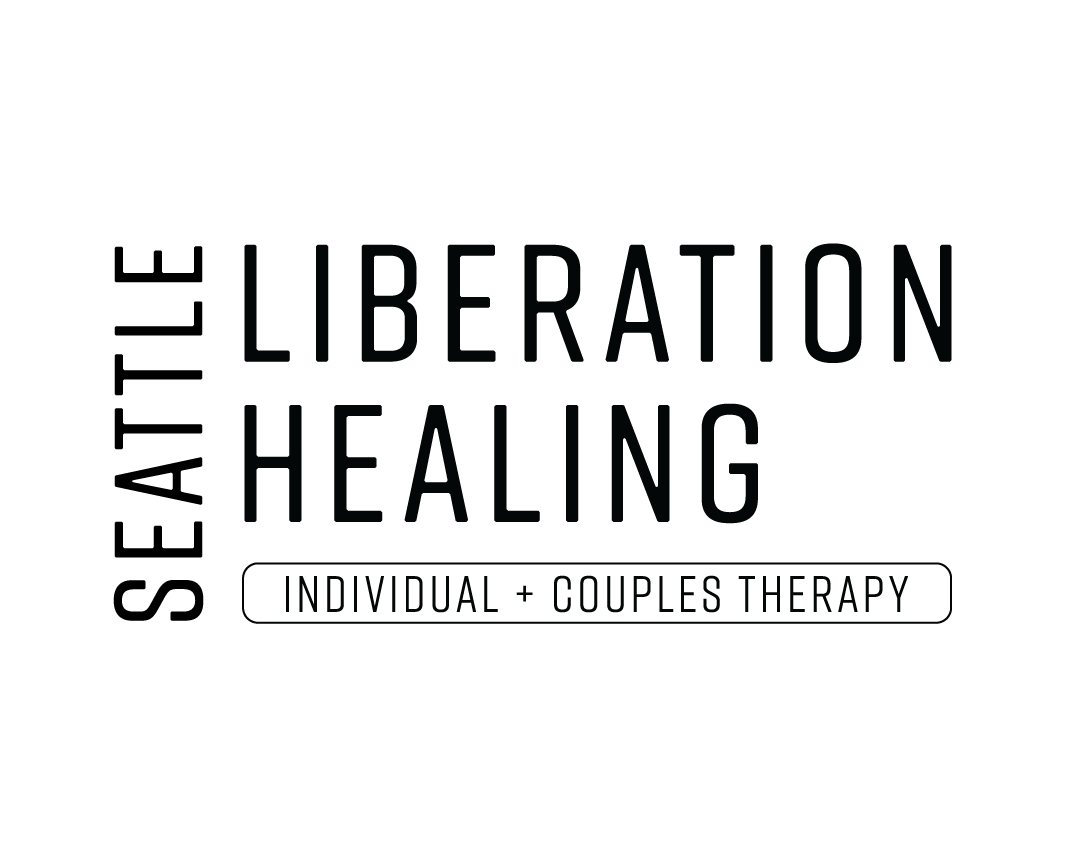8 Ways To Better Understand Your Emotions
Why Do We Have Emotions?
Provides information about an experience or event
Self validation
Protects us
Motivates us
To prepare us for future events and experiences
Communicates to others and influences them
Examples Include:
If we are in the middle of the street, a car come towards us, we feel fear, we may run out quickly, panicking in order to keep ourselves safe
If we are sad, we may cry and tears come signaling sadness and pain
If we have an assignment or project due in a few hours, we may feel anxious or panicked, motivating us short term not to procrastinate and complete it ASAP
If we feel “off” or “weird” about a situation, listen to this feeling we later describe as nervous, scared, or uneasy, and later learn the situation was indeed scary or threatening, we validated ourselves through our emotions/feelings
Of course, this is very simplistic. There are nuances.
Emotions can be misread by others. We may lack the ability to name our emotions at the same. For others, they may even have difficultly feeling their emotions.
Moreover, some people may also have something called alexithymia, or the inability to recognize emotions and their subtleties.
Why Is It So Hard For Me To Feel My Emotions?
Feeling and processing emotions can be terrifying, strange, and uncomfortable for some people who experienced trauma and neglect.
This is true for those who grew up with caregivers or parents who didn’t model and/or teach their children healthy communication and boundaries.
Examples include:
Adult children of alcoholics
Emotionally immature parents
Parents who exhibited many symptoms of Borderline Personality or Narcissistic Personality Disorder
Enmeshment (or lack of boundaries causing codependency)
Parentification (child becomes the adult, adult is the child; reversal of roles)
Childhood abuse (physical, psychological, sexual abuse)
Childhood emotional neglect (the absence of care, love, and safety)
How Can I Better Understand, Feel, and Process My Emotions?
Here are some ways to heal from trauma and neglect and slowly learn the language of emotions, rather than avoid, minimize, criticize, and deny your feelings.
1. Name Your Emotions
Give language to your emotions by naming them.
If you find it difficult or near impossible to name emotions, using an emotions wheel can be a helpful guide and introduction.
2. Awareness
Understand you are a fully, deeply feeling human being. Yes, you have emotions! We all do.
Simply pay attention, or notice without judgment that you have emotions when they come up.
3. Feel Your Emotions
Now that you have words for your emotions and awareness that you are a person who can feel, allow yourself to feel them. Simply let emotions be.
If it’s difficult to feel emotions in your body, notice sensations. This can include:
Temperature
Tension
Lightness
Tightness
Constriction
Heaviness
4. Befriend Your Emotions
Get curious. Get to know your emotions.
Use statements like:
This is really strange and….
I’m noticing…
I’m aware….
I wonder…
I’m curious…
I’m not sure and….
5. Get To Know Your Inner Child
If you can, go deeper and reflect and imagine your younger self (inner child).
Try to be an ideal parent or caregiver. What do they desperately crave and desire right now? What would feel good? What do they wish other people would know about them and their internal world?
Where would they be in the room with you?
What are they wearing?
What does their face look like? Are they smiling? Frowning?
What about eye contact? Are they looking at you or avoiding eye contact?
What about their body posture? Are they slouched? Are they sitting up straight?
What do you imagine they are thinking about?
What do you imagine they are feeling?
What do you think they need right now?
6. Slow Down & Take A Breath
If you find your brain and mind beginning to ruminate, wanting answers, seeking control, simply take a breath and come back home to your body.
Breathing in, say “slowing down”. Breathing out, say, “here right now.”
While uncomfortable, take time to regulate your nervous system and body by coming back to your breath. Notice your body rising as you breathe in and falling when you exhale.
Experiment. Notice the sound of your breathing when you breathe in and out through your nose. Notice the difference or similarities when you breathe in and out through your mouth.
Lastly, notice how you feel when you simply slow down and pause, rather than go to your brain to fix, solve, demand, control.
7. Anticipate Challenges and Non-Linear Growth
If you’ve learned to avoid emotions, the road to healing and feeling can be messy, complex, and overwhelming
Healing is rarely linear and perfect
Challenges and relapses are normal and to be expected
8. Repeat & Practice
Some people who experienced trauma and neglect may have the opposite issue. They may feel deeply and intensely and have difficulty regulating or managing their emotions.
For these folks, their relationship to emotions is overwhelming so the work is to understand their biology, stress management, emotional regulation skills, and practice self soothing skills like mindfulness, radical acceptance, and slowing down.
RESOURCES
